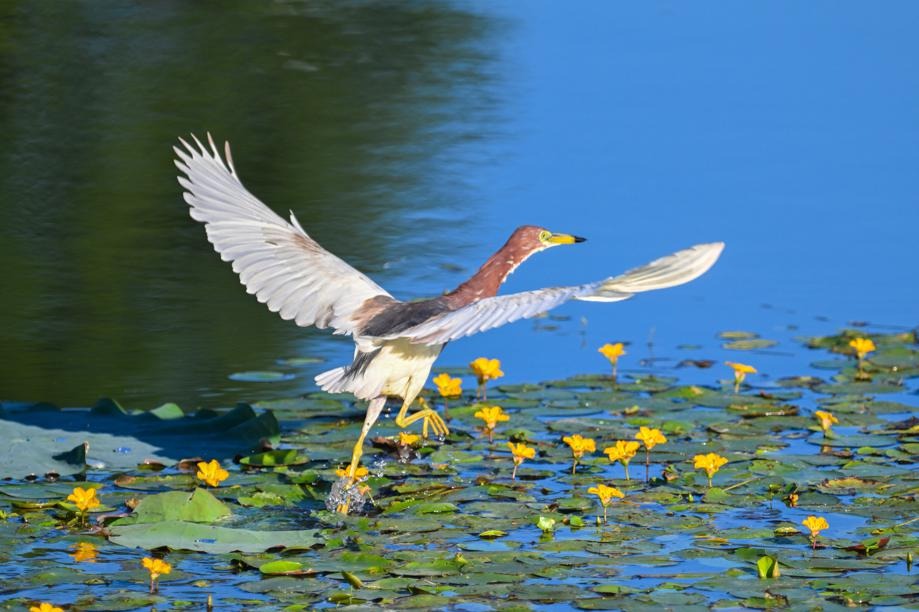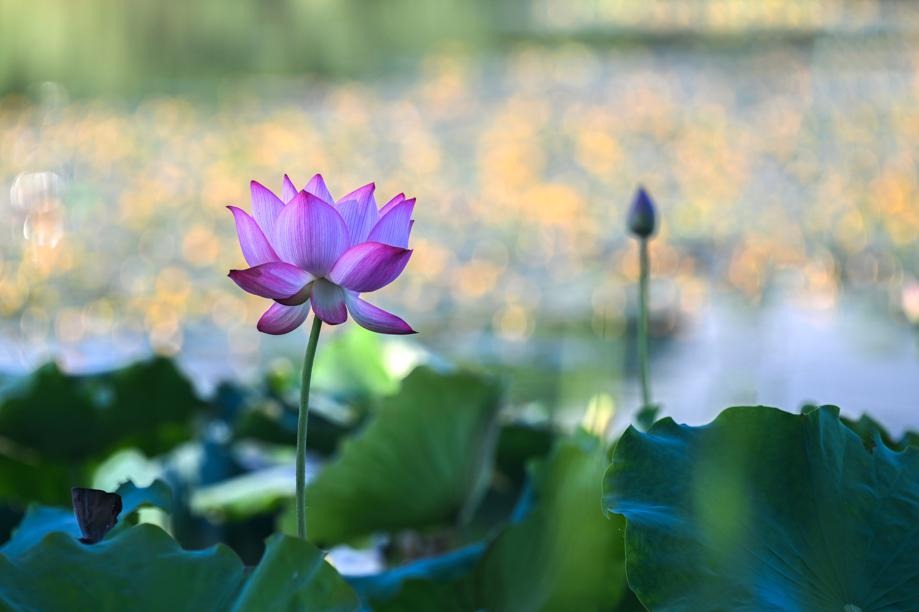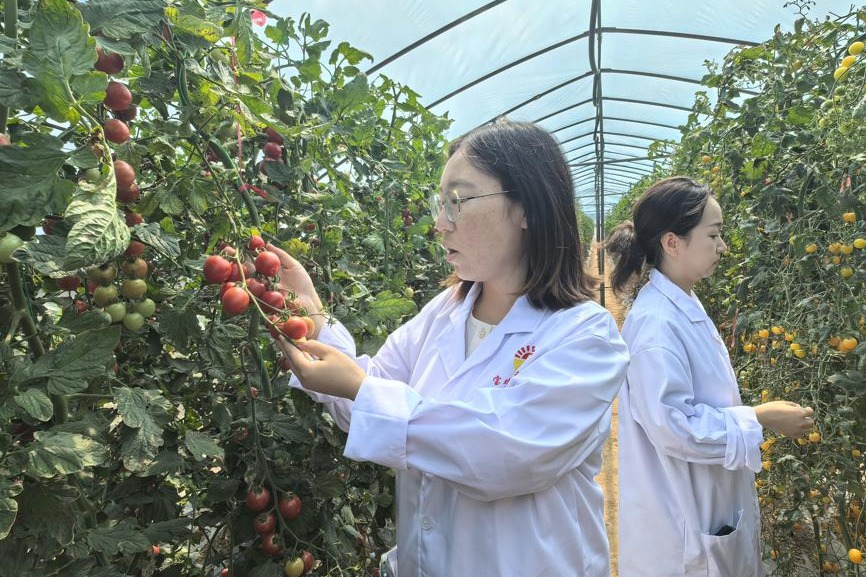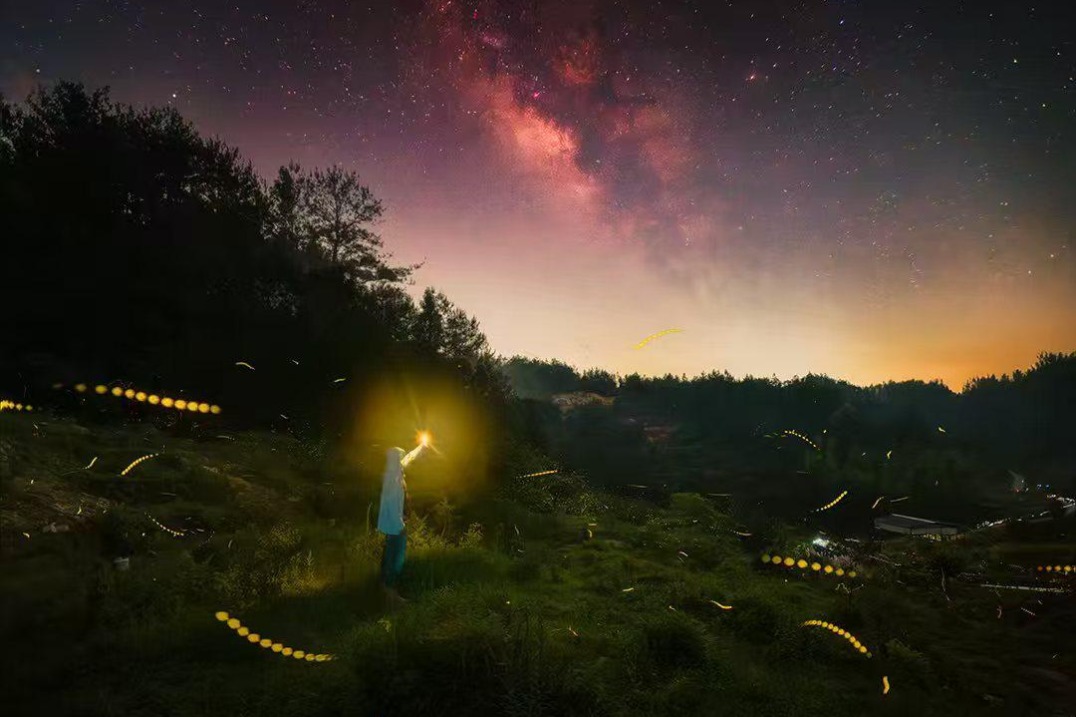Pollen concentrations in Beijing to remain airborne through spring

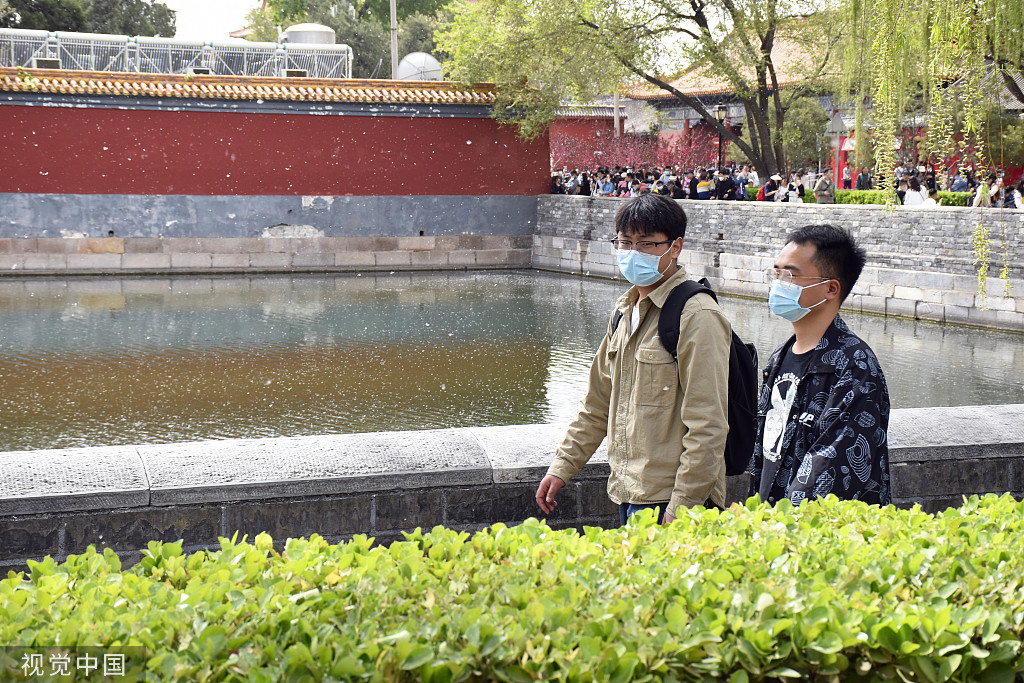
Monitoring data from a WeChat applet called 'pollen monitoring forecast' by the Beijing Meteorological Service and Beijing Tongren Hospital showed that pollen concentrations in the city's air will remain high between March and May — as much as 1,600 grains per 1,000 square millimeters per day.
One of the reports on the applet said that during the period, the density of pollen in the air was around 400 grains.
When the grain count is higher than 100, it means that people allergic to pollen should protect themselves, according to the China Meteorological Administration.
The report also showed that in Beijing, airborne pollen affects residents from August to October as well, though levels are lower than in spring.
In spring, pollen comes mainly from trees including cypress, pine, willow, birch and elm while in autumn, it is from herbaceous plants such as grass, artemisia and hop vines.
In addition to Beijing, the applet reports pollen allergen data and periods of high airborne concentration for another 31 cities.
Pollen observation relies on manual work. Forecasters first collect and distinguish pollen from dust and sand, then classify particles according to their characteristics. They then produce pollen forecasts by combining this data with real-time weather development trends, especially temperature and wind speed, according to the CMA.
Meteorological conditions exert great influence on pollen transmission by air, the CMA said.
When it is sunny with dry and mild wind and a maximum temperature between 15 and 25 C, it is most conducive to the spread of pollen.
When there is moderate to high rainfall and stronger wind with a maximum temperature below 5 C, it is less likely for people to have allergic reactions.
From March to April, the pollen allergy meteorological data of 30 provincial-level administrative regions in the country reached level 4, meaning pollen concentrations between 301 and 500 grains per 1,000 square millimeters, according to the CMA.
The CMA suggested that those who are sensitive should choose places with less pollen as a travel destination, such as the seaside. On light rainy days or after rain, the pollen concentration is relatively low, which is suitable for traveling.
Wearing a mask or goggles can reduce the chance of pollen irritation.
Immediately after returning home, people should change into clean clothes and wash their hands and face to reduce the chance of pollen remaining on the body.
In addition, they should eat more vitamin-rich foods to improve immunity.
- Smart agriculture provides solutions for BRI countries
- Foreign experts, journalists explore China's cultural heritage
- Jiangxi county pioneers innovative rural development approach
- China's 'medicine capital' company goes fully automated
- Beijing prosecutors helping errant minors to get back on track
- Copyright Society of China wins approval to be observer of world intellectual property body

















